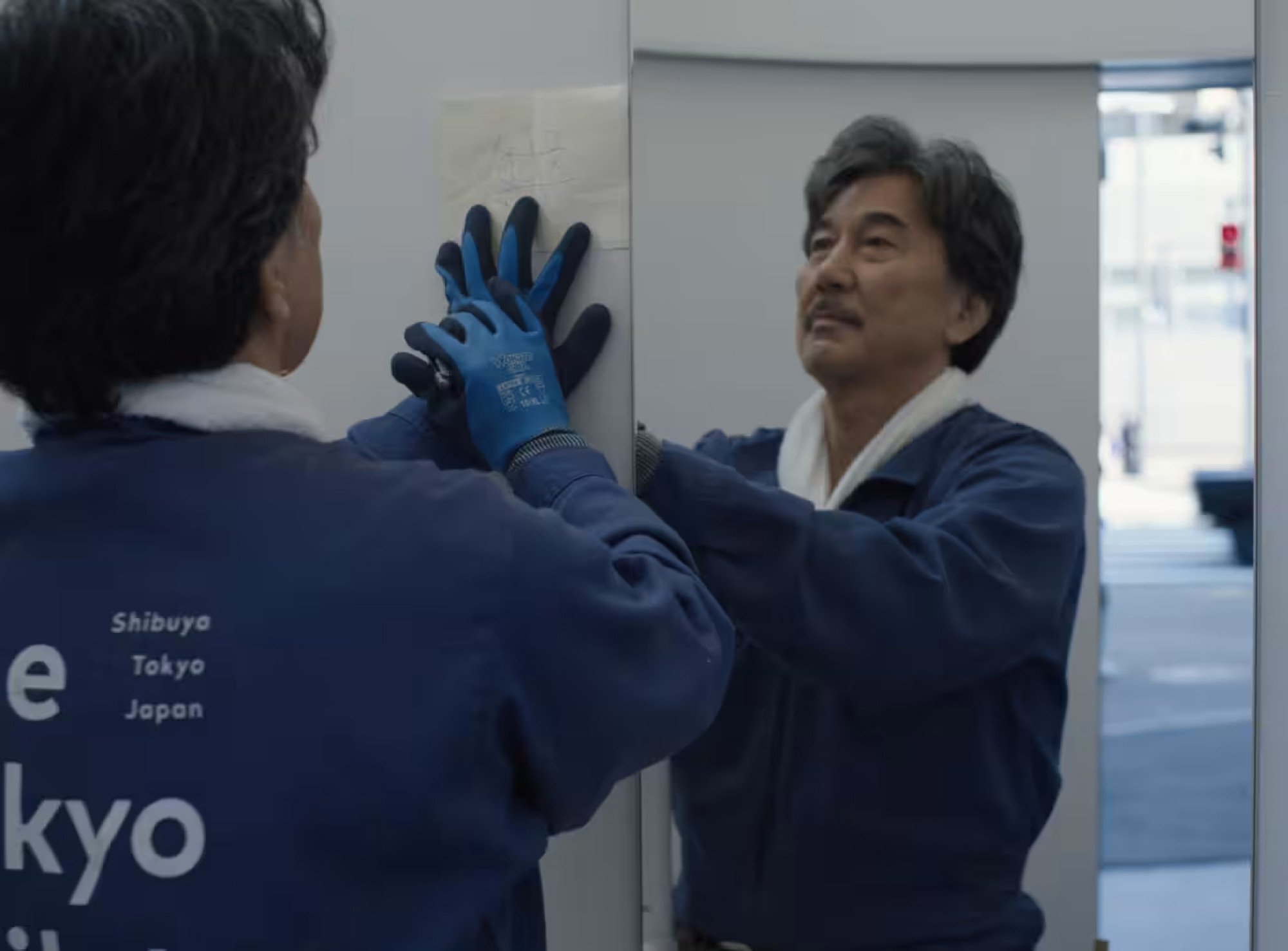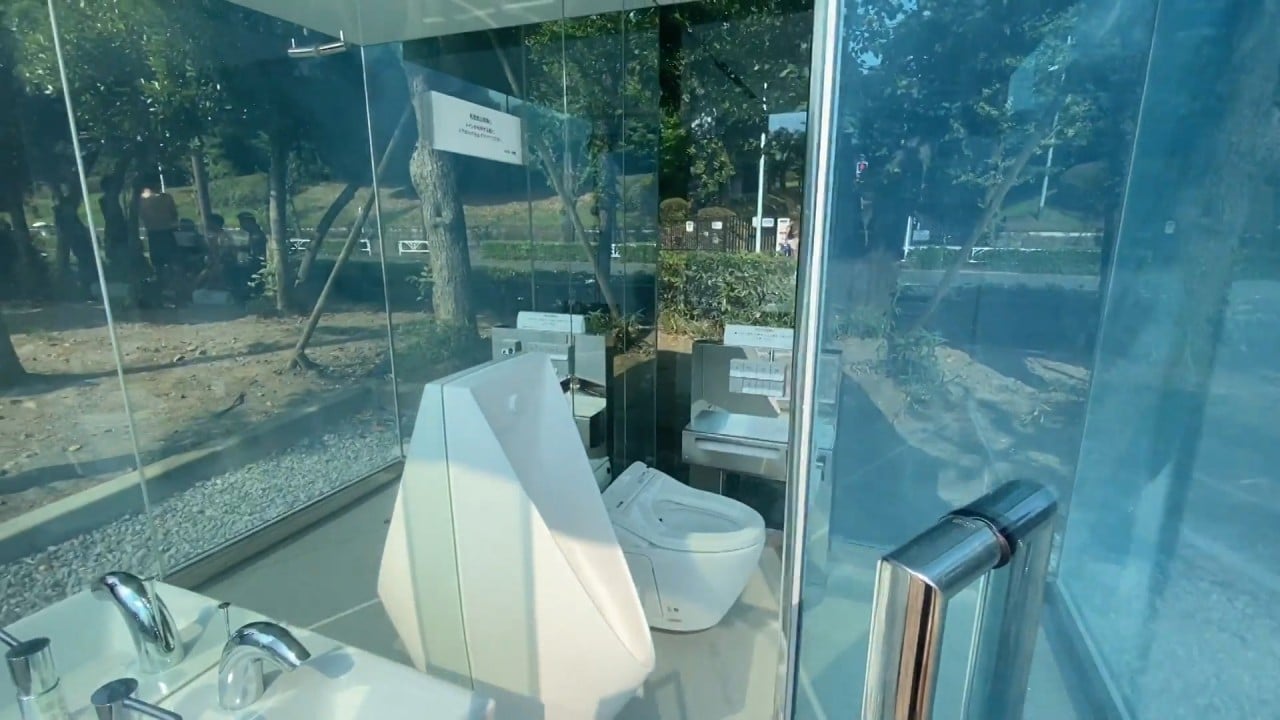Public toilets across Tokyo’s Shibuya Ward have become the Japanese capital’s newest – and most unexpected – tourist attraction.
In the last two years, 17 public restrooms across the ward have undergone remarkable transformations as part of the Tokyo Toilet project, with dark and unwelcoming facilities that in many cases dated back to the 1960s replaced with bright, hygienic and welcoming lavatories.
Designed by such luminaries as Shigeru Ban, the winner of the 2014 Pritzker Architecture Prize and the similarly recognised Tadao Ando, the ward’s terrific toilets have caught the attention of the world’s media.

That was exacerbated by director Wim Wenders’ film Perfect Days – which tells the story of a lavatory attendant whose task is to keep some of these facilities in tip-top condition and was nominated for an Oscar this year.
“They have become hugely popular for many reasons,” said Yumiko Nishi, media manager of the ward’s tourism association. “People have heard about the creators of these places and they know many of the designers’ names because these are famous architects or fashion designers – and they want to see what they created for themselves.
“We are also seeing a lot of people who have seen Perfect Days and want to see the places that were in the film as well,” she told This Week in Asia.
Tours commenced in early March, with a total of 55 people taking part to date, Nishi said. Most of those taking part were Japanese, she said, but there were also foreign tourists keen to explore the ward’s lavatories, and it was anticipated that numbers would increase as more foreign visitors to Tokyo become aware of the facilities.
Tours take place on Thursdays and Sundays, starting at 10am and lasting two hours. Tours are divided into two parts, in the eastern and western parts of the ward, with participants travelling between the public toilets in a bus with a guide. The tour costs 4,950 yen (US$32.70) per person and while it is conducted in Japanese, the ward has produced English-language pamphlets for participants – who are also encouraged to use the facilities that they visit.
Japan has long been a leader in the concept of universal design and the need to make public toilets convenient and accessible to everyone who might need to use them. Tokyo is also acutely aware that millions of foreign tourists have started to return to the city and that they require clean and welcoming lavatories.
Yet it is unlikely that the ward’s decision-makers realised that the Tokyo Toilet project would attract so much global attention.

The project was set up by The Nippon Foundation, which convinced 17 internationally renown architects and designers to “reconsider” the perfect public bathroom. Given a blank slate but very restrictive spaces in which to work, many of the designers expressed the desire to create spaces that were welcoming and a part of the local community, instead of an unpleasant place that most people would want to avoid.
Sou Fujimoto, who developed the Nishisando toilet, said he aimed to create an “urban watering place, a fountain in the city”, while Miles Pennington, a British professor of design-led innovation at The University of Tokyo, managed to incorporate an exhibition space and meeting place that is at the heart of the community at the Hatagaya site.
Award-winning architect Toyo Ito designed “Three mushrooms” that have sprouted at the busy Yoyogi-Hachiman intersection, while Kengo Kuma’s work in Shoto Park is titled “A Walk in the Woods” as it takes the form of a series of huts surrounded by “trees” of cedar planks.
Pee break: how Japan’s winter broke these see-through toilets
Pee break: how Japan’s winter broke these see-through toilets
Perhaps the most eye-catching of all the designs was the block of three clear cubes constructed in Yoyogi Fukamachi Mini Park by Shigeru Ban. Each of the cubes used clever glass “frosting” technology to render anyone inside invisible as soon as the door is locked.
The toilet did attract some negative publicity when the frosting technology malfunctioned due to lower-than-expected temperatures in the winter, but the glitch has since been rectified.
Given the head-turning popularity of the public toilets, as well as the fact that they have now become tourist attractions in their own right, it would come as no surprise if other wards in Tokyo and cities elsewhere across the country also sought out world-famous designers to rethink their public toilets.


